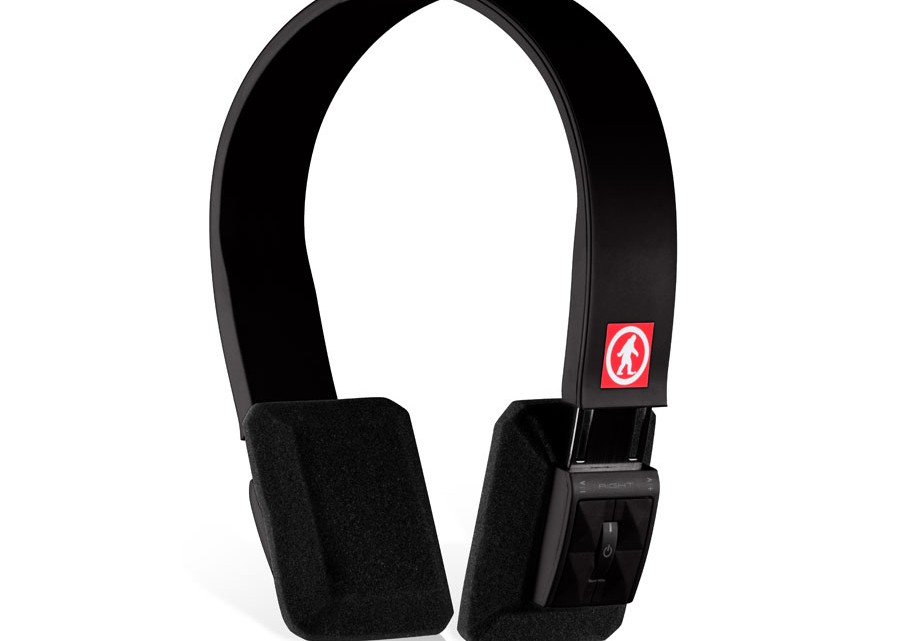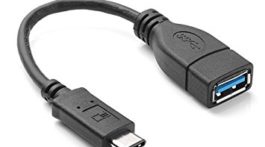What Makes a Good Pair of Wireless Headphones?
Wireless technology is truly coming into its own. Soon, the majority of cords and cables will likely be replaceable by radio signals and other remote connections. For those looking to purchase a new pair of headphones, this means that wireless options should be strongly considered. To get the most convenience and versatility out of the wireless design, consider Outdoor Tech products. These wireless headphones are able to provide a high-quality user experience, largely thanks to the basics of their design and the advantages afforded by it.
How Do These Headphones Work?
Rather than receiving audio material through a physical connection to a source, a wireless set of headphones picks up audio signals remotely. This transmission can be achieved in different ways; Outdoor Tech headphones, for example, predominantly utilize Bluetooth. With this approach, the audio source – a phone, laptop, or whatever the case may be – will transmit low-power radio signals at a frequency of around 2.45 gigahertz. Because these signals are so weak, they only minimally tax the battery life of the headphones and the audio source. This means that these cordless headphones can retain charge for as many as six hours of constant use and 150 hours on standby.
Many older audio sources will not have Bluetooth capability, however. Upgrading to cordless headphones does not have to mean discarding these devices. In order to ensure that the headphones can be compatible with as many different devices as possible, many of them come with a 3.5 millimeter auxiliary cable that can connect the headphones to the audio source via the audio jack.
What Are the Advantages to The Wireless Design?
Of course, eliminating the need for wires creates a vastly improved user experience. The lack of wires connecting the headphones to the audio source is advantageous for several key reasons:
- It affords maneuverability within the headphones’ range, freeing the user to move about without needing to keep the audio source in tow. Rather than having to be within three feet and physically connected to the audio source via wires, cordless headphones allow you to listen when you are up to 30 feet from the source.
- The phone, laptop, or other audio transmitting device – many of which are expensive and fragile – can be better protected. No direct line of sight is necessary for the headphones to pick up the audio signal, which allows for the audio source to be tucked away somewhere safe while you go about your business, rain or shine.
- No wires mean no mess of tangles to deal with every time the headphones are brought out to use. Headphone wires are so prone to tangling into knots whenever you put them away because of the ratio of their thickness to length. Making the cords thicker or shorter can reduce the incidence of tangles; taking the cords away entirely and going wireless eliminates the problem altogether.
The Wonders of Wireless
In the end, quality wireless headphones from Outdoor Tech provide maneuverability, safe conditions for audio sources, and overall convenience in ways corded headphones cannot. For this reason, the wireless model is becoming an increasingly popular choice.





